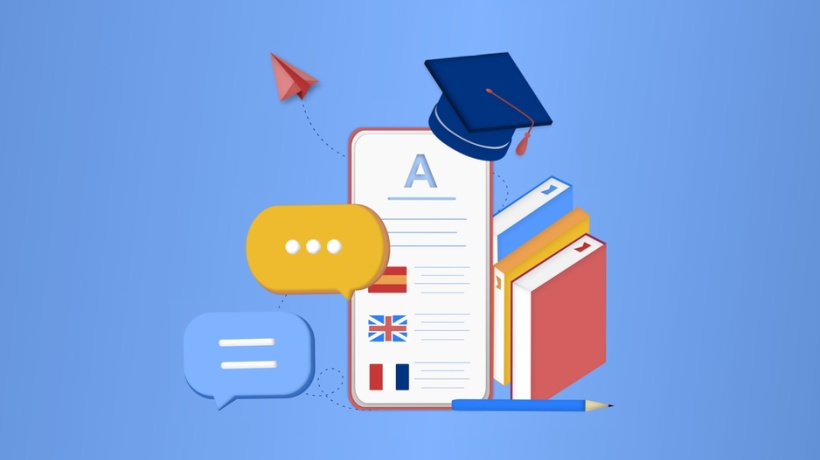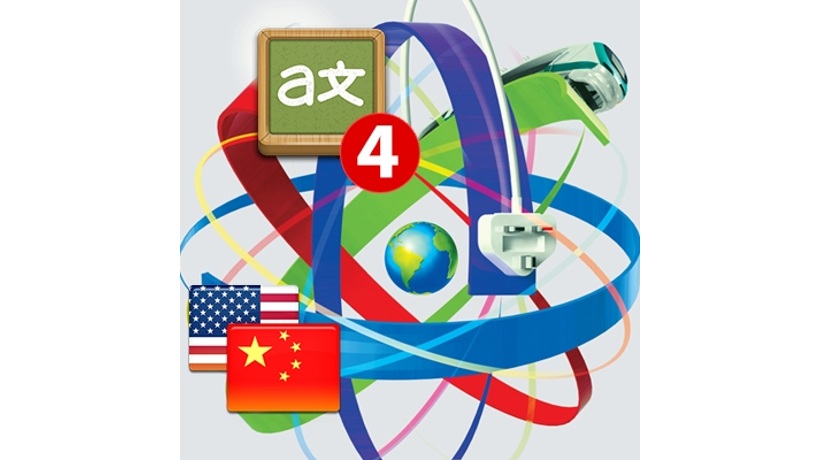Building A Foundation For Translation Success
In our digital era, eLearning stands as a formidable asset for education and training, granting individuals the ability to reach valuable content irrespective of their location. Nevertheless, unlocking the full potential of eLearning necessitates ensuring the accessibility of the content to a worldwide audience, a task achieved through translation. Here are seven essential steps to effectively translate eLearning content for diverse audiences.
7 Steps To Effectively Translate eLearning Content
Understand Your Target Audience
Before embarking on the intricate journey of translating eLearning content, it is imperative to cultivate a profound understanding of the intended target audience. This entails a thorough analysis of the cultural, linguistic, and educational profiles of the individuals who will be interacting with the content. Such insights serve as a guiding compass in the meticulous process of customizing the content to align seamlessly with the specific needs and preferences of the audience. To achieve this level of understanding, employing methods such as surveys, interviews, or focus groups becomes indispensable, as they provide a platform for gathering nuanced insights into cultural intricacies that might significantly impact the translation process. This initial step sets the foundation for a culturally sensitive and linguistically relevant eLearning experience, ensuring that the educational content resonates effectively with learners across varied backgrounds and contexts.
Create Culturally-Neutral Source Content
To facilitate smooth translation, it’s beneficial to develop culturally neutral source content. This means avoiding idioms, slang, or culturally specific references that may not translate well or could be misunderstood. Opt for simple and clear language that transcends cultural boundaries, making the translation process more straightforward and ensuring that the essence of the content remains intact across different languages.
Choose The Right Translation Team
Selecting a skilled and experienced translation team is paramount to the success of your eLearning translation project. Your team should include native speakers of the target language who are proficient in the subject matter of the content. This ensures accuracy and cultural sensitivity in the translation process. Additionally, having professionals who understand the nuances of eLearning and Instructional Design can contribute to creating a seamless learning experience in multiple languages.
Implement Translation Technology
Incorporate translation technology to streamline the process and maintain consistency across languages. Translation memory tools and content management systems can help store previously translated phrases and terms, ensuring uniformity throughout the eLearning modules. Automated translation tools, such as machine translation, can be used for initial drafts but should be followed by human review to guarantee accuracy and context appropriateness.
Adapt Graphics And Multimedia
Translation involves more than just text; it extends to graphics, images, and multimedia elements. Ensure that all visual content is culturally appropriate and does not convey unintended meanings in different regions. Translate text within images, modify culturally sensitive graphics, and consider the localization of multimedia elements. Subtitles or voice-overs may be necessary for audio content, allowing learners to engage with the material in their native language without losing its instructional value.
Quality Assurance And Testing
Thoroughly test the translated content to identify any issues related to comprehension, cultural appropriateness, or technical glitches. Conduct pilot tests with representatives from the target audience to gather feedback on the effectiveness of the translation. This step is crucial in refining the content and addressing any challenges before the full rollout. A comprehensive quality assurance process ensures that the translated eLearning materials meet the same standards of excellence as the original content.
Provide Ongoing Support
Once the translated eLearning content is launched, offer ongoing support to learners in different languages. Establish a system for addressing questions, concerns, and feedback from diverse audiences. Regularly update the content to reflect changes in language, industry terminology, or best practices. By providing continuous support, you demonstrate a commitment to the success of learners worldwide, fostering a positive and inclusive learning environment.
Conclusion
In our rapidly globalizing world, the translation of eLearning content emerges as a critical strategic imperative for organizations aspiring to extend educational opportunities beyond geographical boundaries. As technology facilitates the seamless dissemination of knowledge, the seven essential steps outlined above serve as a comprehensive guide to ensure that translated content not only maintains accuracy but also embodies cultural sensitivity, thereby enhancing its effectiveness in delivering educational objectives. Recognizing the significance of this endeavor, organizations are encouraged to embark on the journey of making their eLearning materials accessible to a diverse audience with a mindset of thoughtful planning and collaboration with skilled professionals. Furthermore, the emphasis on ongoing support underscores the commitment to cultivating an inclusive learning environment, reinforcing that success in eLearning translation goes beyond the initial implementation and requires continuous refinement and responsiveness to the diverse needs of learners worldwide.









